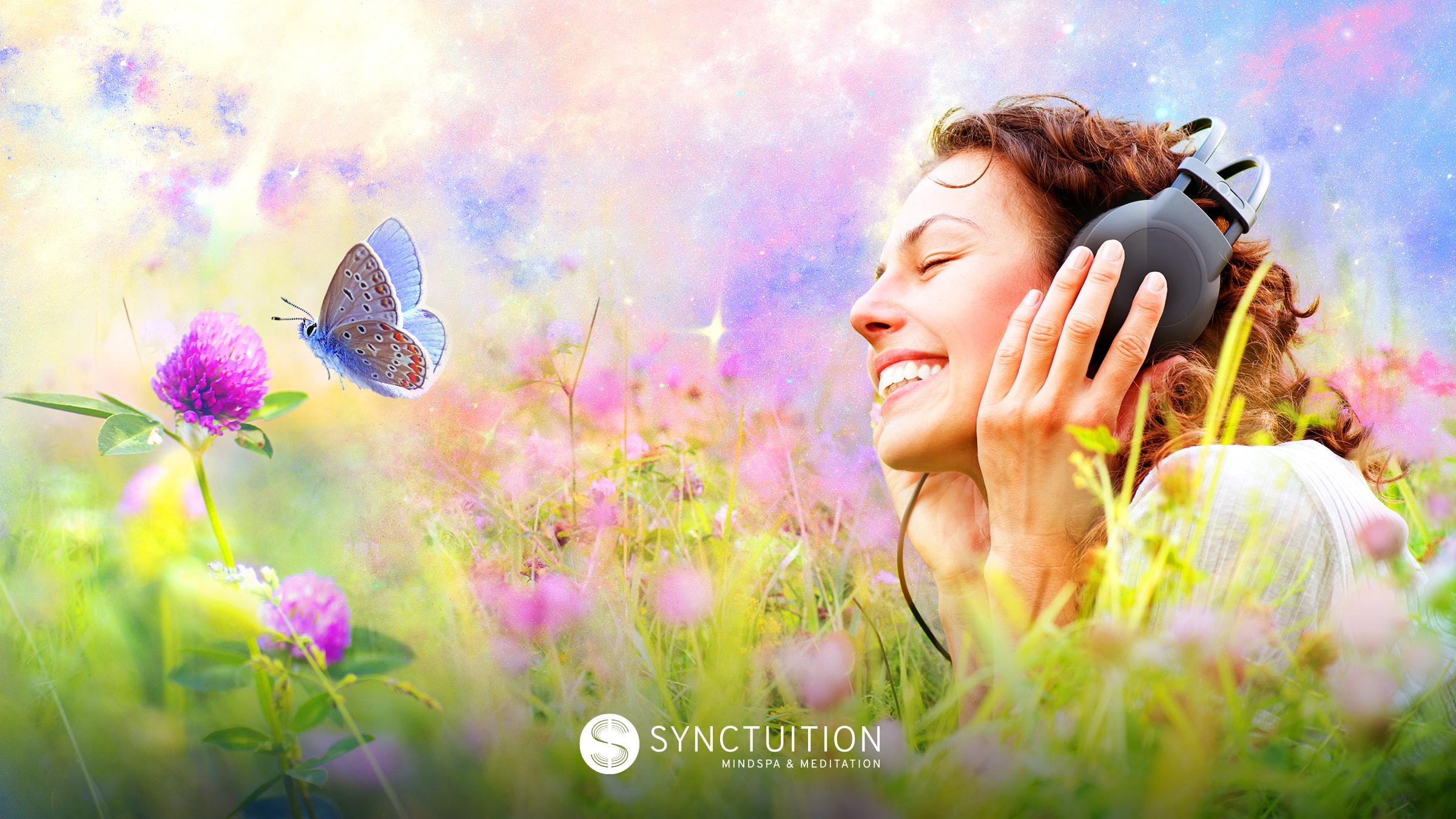What is serenity? Definitions of serenity typically refer to being in a calm, peaceful, tranquil, contented, and untroubled state. In other words, a serene state. Which leads me to ask, what does “serene” mean? When looking at definitions of serene two additional qualities emerge, those of quietude and being composed. So to me, serenity is a very powerful state, one where a person is at peace with who and where they are.
My background is in Positive Psychology which is the scientific study of factors that enable individuals and communities to thrive. It studies qualities such as strengths, resilience, optimism, happiness, and personal growth. Want to find more? Discover how Positive Psychology can change your life.
In the Positive Psychology framework, serenity is one of the ten positive emotions identified by Barbara Fredrickson. She proposed that positive emotions have an evolutionary advantage that is distinct from negative emotions. Whereas negative emotions exist to keep us safe and alive, positive emotions exist to build social and psychological resources. They help us to connect with others and build friendships and communities.
They can also boost our psychological well-being and make us more resilient when coping with stress, as they broaden the range of thoughts available to us. Positive emotions enable us to be more creative and better at problem-solving. We don’t go into that infamous fight or flight response. Instead, we are able to see alternative ways out of the stressful situation and can even find positive meaning in it.

The many benefits of serenity
Barbara Fredrickson suggests that each positive emotion has a specific thought-action tendency. This means that specific thoughts and behaviors result from the emotion. In the case of serenity, the thought-action tendency is the urge to savor the moment — to notice and appreciate what is good about the current situation. We are then able to integrate this into new values and priorities resulting in a more refined sense of self.
This represents an upward positive spiral, as we feel more serene we are one with ourselves. In turn, this increases our sense of serenity and so, the upward spiral continues. If you can imagine, that within this upwards spiral other positive emotions are also being cultivated. When feeling serene, it is easier to feel a sense of gratitude, to notice and be thankful for the current situation.
Building a cumulative effect of positivity. I picture this as a vortex, becoming more and more powerful as the positive emotions build, which is ironic when I compare the power we associate with a vortex and the tranquillity we associate with serenity.

Related: Gratitude – The Key to Long-Lasting Happiness?
Why serenity is important to me
When I feel serene, I feel a deep-seated sense of connection with the world and a strong sense of groundedness. I feel calm, connected, and uplifted. Whether I feel those things because I am feeling serene or whether feeling serene leads me to feel calm, connected, and uplifted, I cannot tell. However, it leaves me with a feeling of oneness, or completeness. I feel at one with myself and I experience a sense of congruence.
As I mentioned earlier, I also feel a sense of connection with the world — I feel that I am part of something greater than myself. This feeling is greatly connected to another positive emotion, that of awe which is the emotion we experience when we come across goodness on a grand scale, which makes us feel small and humble.
While feeling serene, I am also definitely in the present. I slow down and notice things around me and some may get highlighted over others. For example, when experiencing a general sense of serenity outside in nature, my attention can be captured by a single object such as a new bud forming on a branch. Or maybe it will be sound, the sound of a bird’s song, or a faraway dog.
I also notice that, while my mind may not be consciously occupied, sparks of inspiration can strike me. I may find the solution to a problem I am working through, or I may have a new idea for a project. This is evidence of the increased psychological resources that become available when we experience positive emotions such as serenity.
3 helpful ways to cultivate serenity
That upwards spiral of positive emotions is just too good to miss out on. So let’s give it a helping hand by finding ways to increase the times when we feel serene. We are all different and what works for one person may not work for another. Or, what works on one day may not work on another. Here are a few ideas to inspire you and get you started.

1. Spend time in nature
There are many health benefits to spending time in nature. One of them is stress relief, which is possible thanks to a reduction in blood pressure and heart rate. By just going out for a short walk in nature or sitting in a park, we can improve our health outcomes. Our cardiovascular system slows down and reduces wear and tear on our hearts. This is a feature of the calmness we experience when feeling serene.
When I look back at the definition of serenity it includes the word “calm” and this can relate to both the state of the body and the mind. There are more words that relate to a psychological way of being. For example, peaceful, tranquil, contented, and untroubled refer to our cognitive state. Environmental psychologists Rachel and Stephen Kaplan propose that, when we are in nature, we focus on stimuli such as leaves blowing, a stream bubbling, or grass swaying. All of these sounds capture our attention without a conscious effort.
Noticing these details helps us be more present and savor the moment. This releases us from the problems we have in our minds. And the whole effect is restorative, making us feel more relaxed. Being in nature is a good way of mentally switching off from the day-to-day worries which helps us to feel more serene. Luckily, there are many ways to enjoy nature. You can go out into a park or the countryside, into your own garden, look out of your flat at the trees in the distance, sit with your indoor plants, watch a documentary or listen to immersive nature sounds. If you can get small doses of nature into your daily routine, you are on the path to cultivating serenity.

2. Practice Acceptance
You may have heard the phrase grant me the serenity to accept the things I cannot change. This doesn’t mean that we should tolerate abuse. It means that, where we can, we should mentally let go of those things that are worrying us, but we are unable to do anything about them. This is vital for the tranquil state of mind that is characteristic of serenity. When we let go of those things that we cannot change, we experience more positive emotions and open the door to serenity.
3. Find what works for you
Each of us is different and we will find serenity in different activities and situations. Some people cultivate serenity by listening to calm and peaceful music. Others get a calm and tranquil feeling after organizing their workspace or home. We can also find serenity when we are lost in a rewarding hobby, particularly a practical one such as crafting.
I invite you to be aware and play around with different activities and visit varied locations to notice when you are at your most serene. Then you can intentionally recreate these to ease times of stress and to give yourself an uplifting boost of positive emotions.
If you wish to become more resilient, self-compassionate, and happier, join Bryony’s Positive Psychology for Life course. Learn and practice the best Positive Psychology techniques to transform your life.






